City Island is a neighborhood of the Bronx. The neighborhood has a population of around 4,500.
City Island was first settled by Europeans in the mid-1600s. In the 1760s, Benjamin Palmer bought the island and made plans to begin a port city to compete against New York City, due to the shipping traffic constantly using the sheltered Long Island Sound to get to New York City from the east, passing City Island. The plans never materialized due to the beginning of the Revolutionary War.
In 1819, City Island became part of the Town of Pelham in Westchester County. After this, ship pilots and oystermen began to work the water surrounding the island. In the 1860s, shipbuilding began to replace oyster harvesting.
City Island voted to be annexed to New York City in 1895, in exchange for a bridge to the mainland. City Island became part of the Bronx in 1898.
In the early 1900s, yacht building began alongside shipbuilding. During the world wars, production changed to warships, such as subchasers and P.T. boats.
Today, while shipbuilding and other industries are gone, City Island remains a nautical community. Marinas and yacht clubs dot the island, and seafood restaurants line City Island Avenue, the main street through the neighborhood.
A seafood restaurant on City Island Avenue. At the south end of the island, seafood restaurants line the avenue.
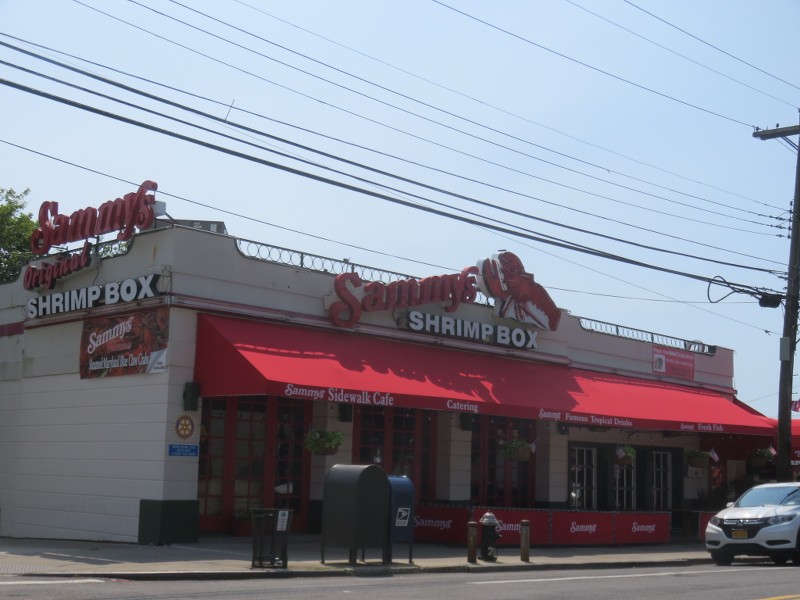
A seafood restaurant on City Island Avenue. The original section of the restaurant is the George Horton House, dating to the early 1800s.
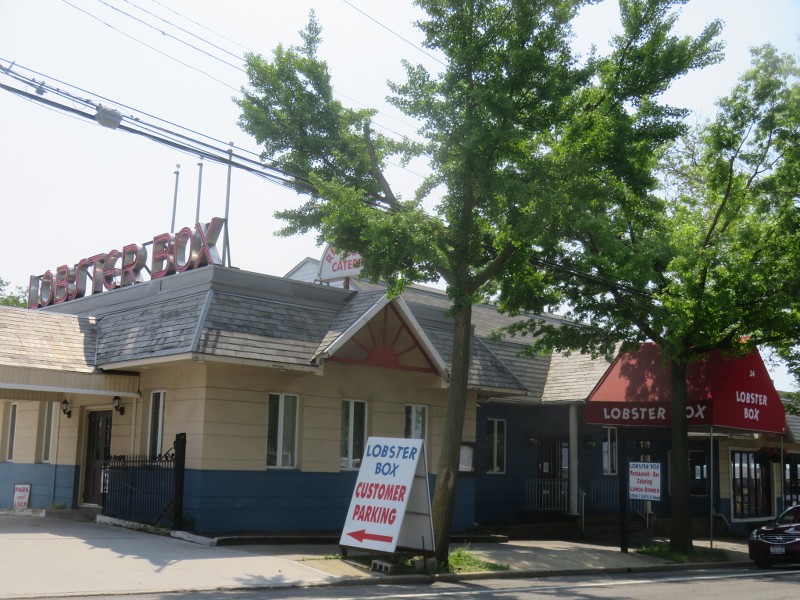
A seafood restaurant on City Island Avenue.

A seafood restaurant on City Island Avenue.

Stepping Stones Lighthouse, in Long Island Sound, halfway to Long Island. The lighthouse was built in 1877, and was named because the many islets at the western end of Long Island Sound were, according to legend, used by the devil to flee Connecticut to Long Island.

A yacht club entrance on City Island Avenue.
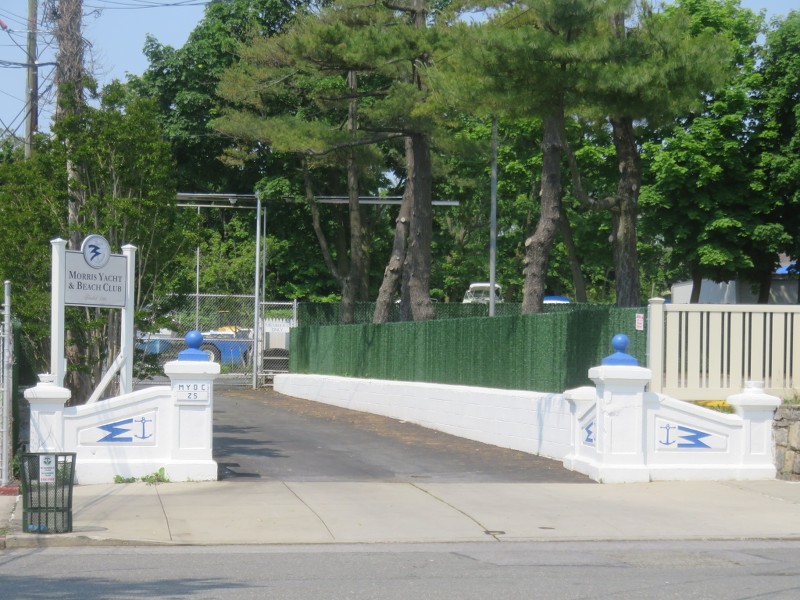
A house on Belden Street, built in 1880.
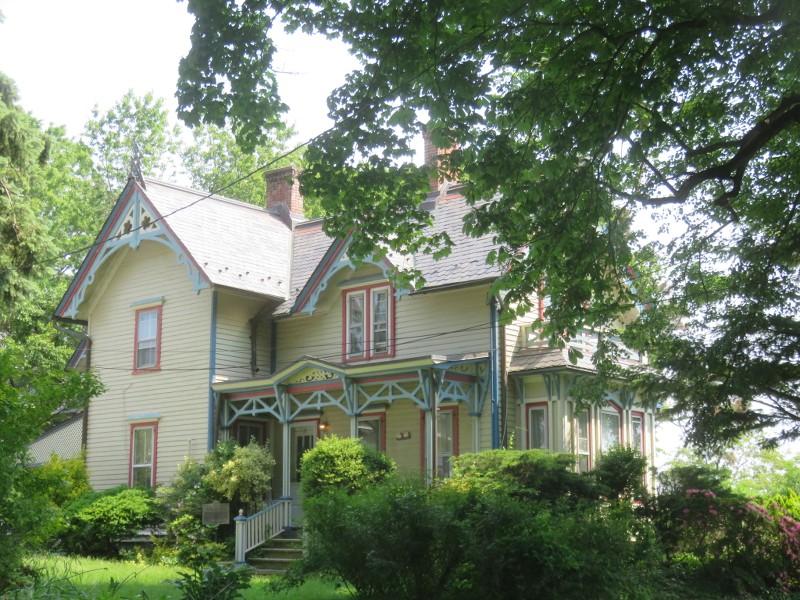
A house on Belden Street.

A house on the end of Rochelle Street, overlooking Eastchester Bay with a view of Manhattan's skyline.

At the end of many of the western cross-streets on the island, there are open views of the Manhattan skyline from across Eastchester Bay.

A house on Rochelle Street.
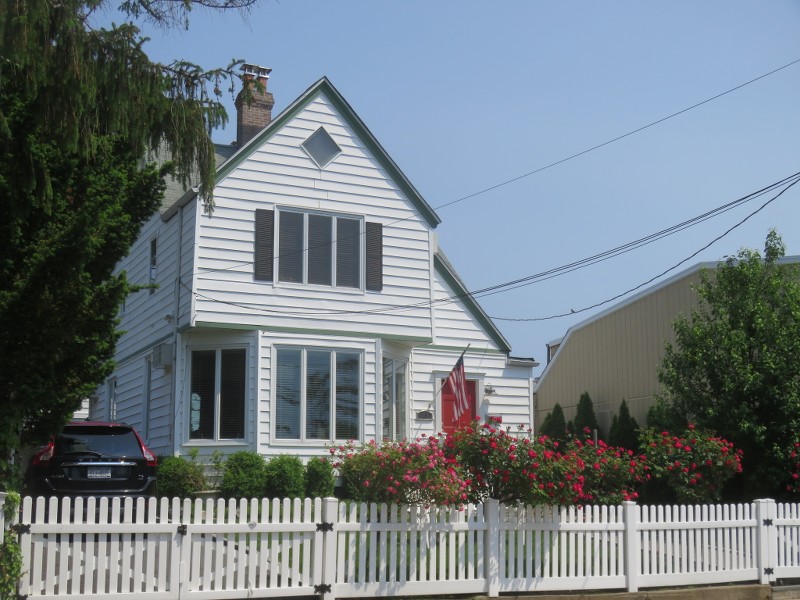
Houses on Marine Street, overlooking Eastchester Bay.
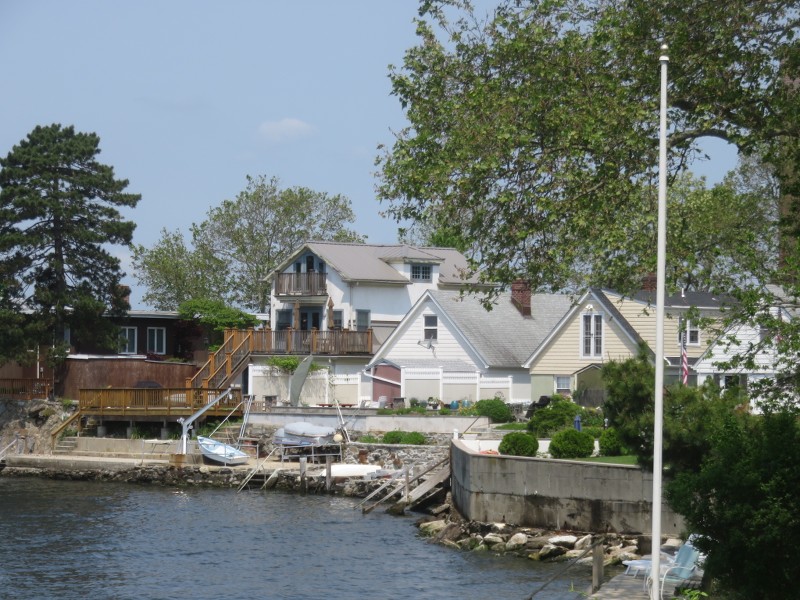
A house on Horton Street.
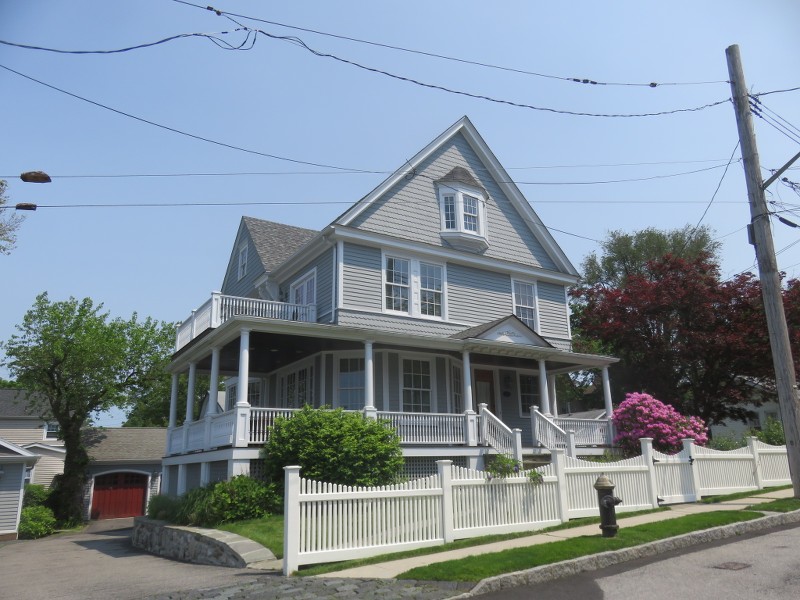
Houses on Marine Street.
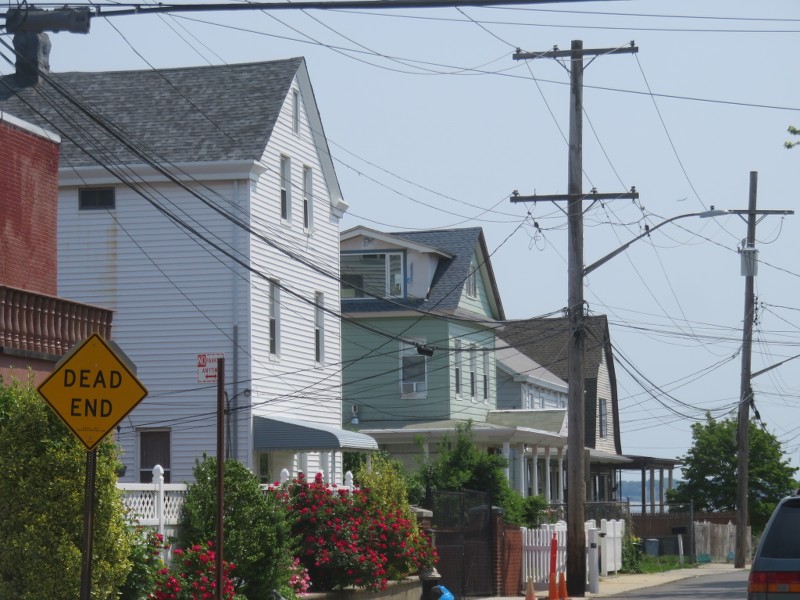
Grace Episcopal Church, on City Island Avenue at Pilot Street. The church was built in 1867.
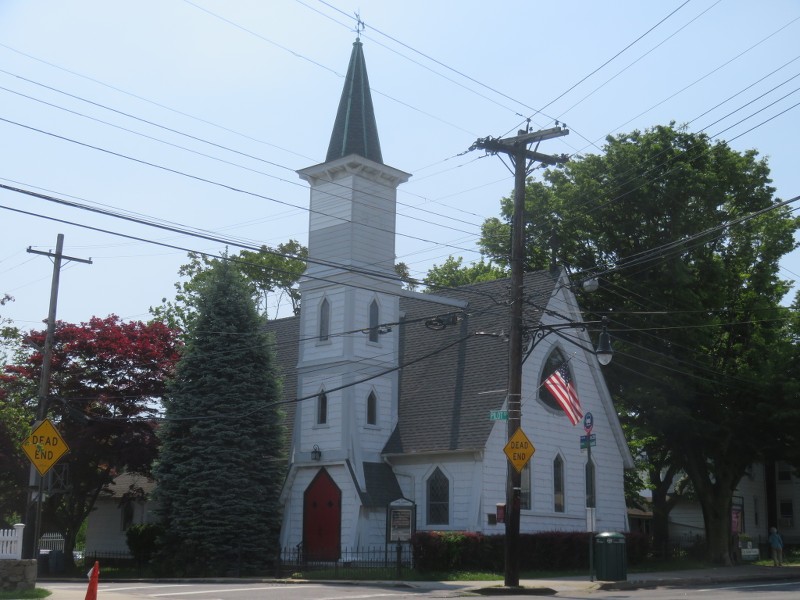
A house on Pilot Street, built in 1862.
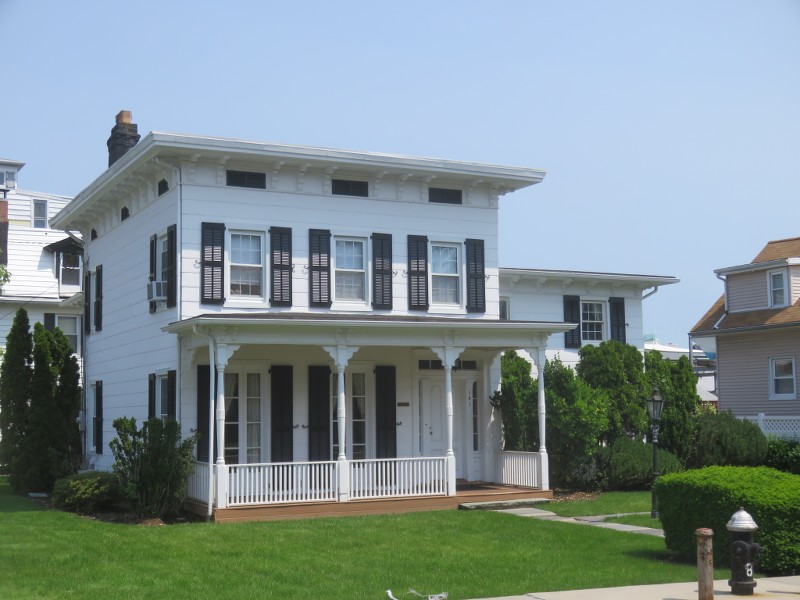
A house on City Island Avenue.
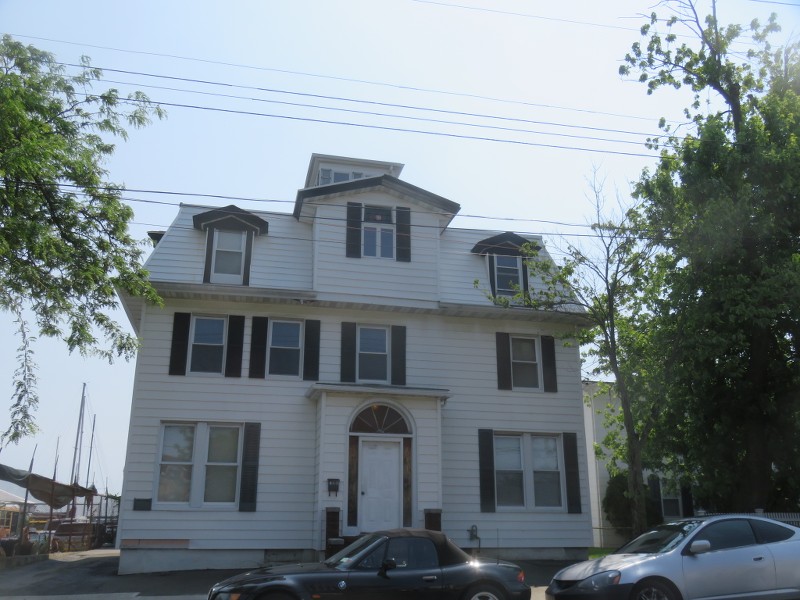
A house on Pell Place, built in 1930.
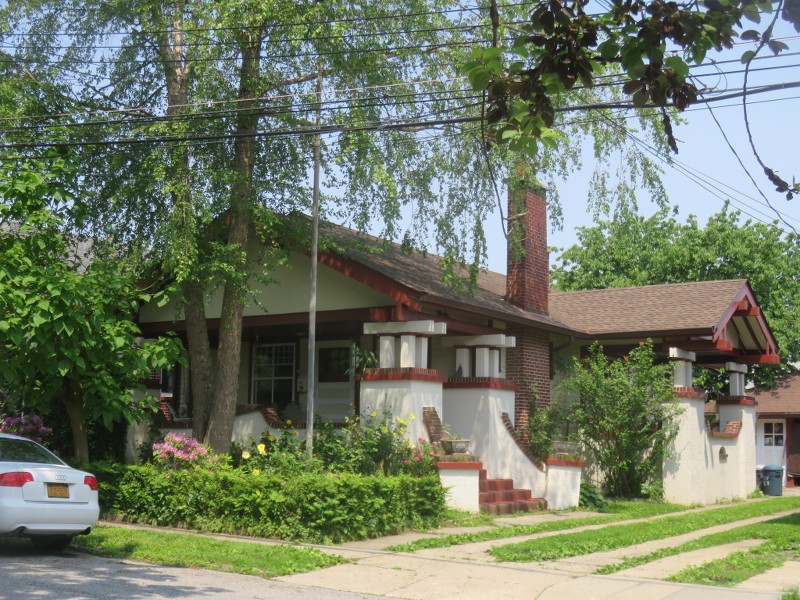
A duplex on Centre Street.
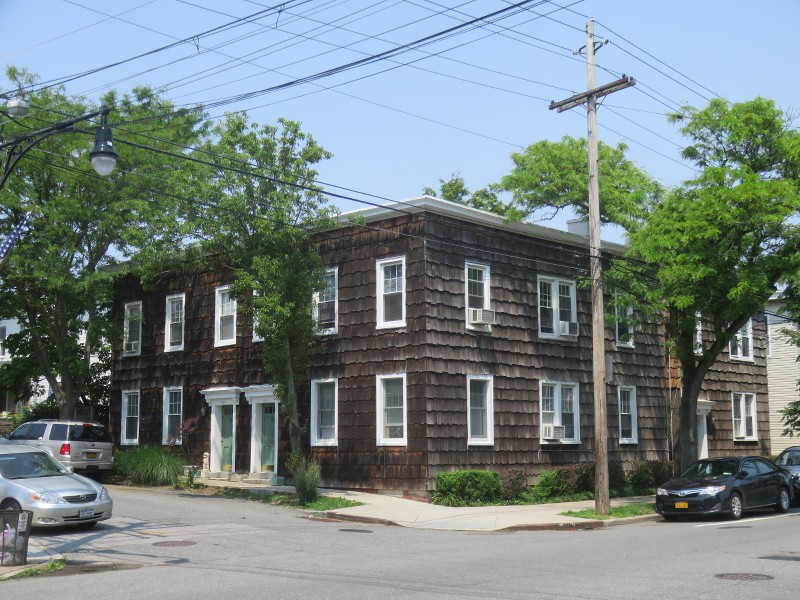
A shop on City Island Avenue.
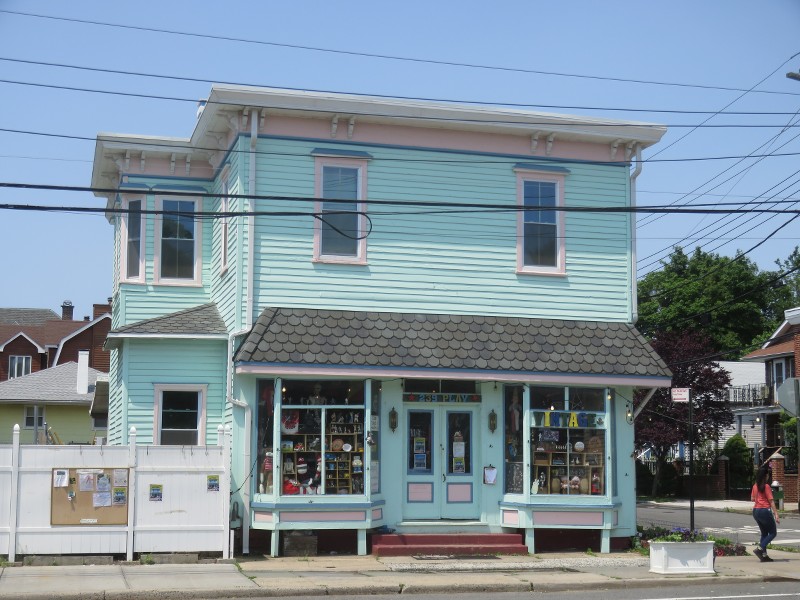
City Island Public School, on City Island Avenue. The school was built in 1975.

A banquet hall on city Island Avenue.
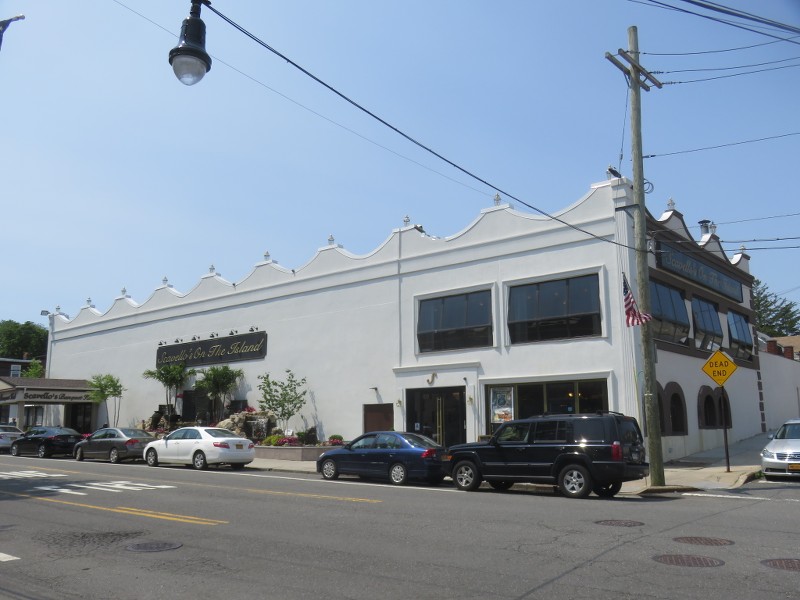
A house on Schofield Street.
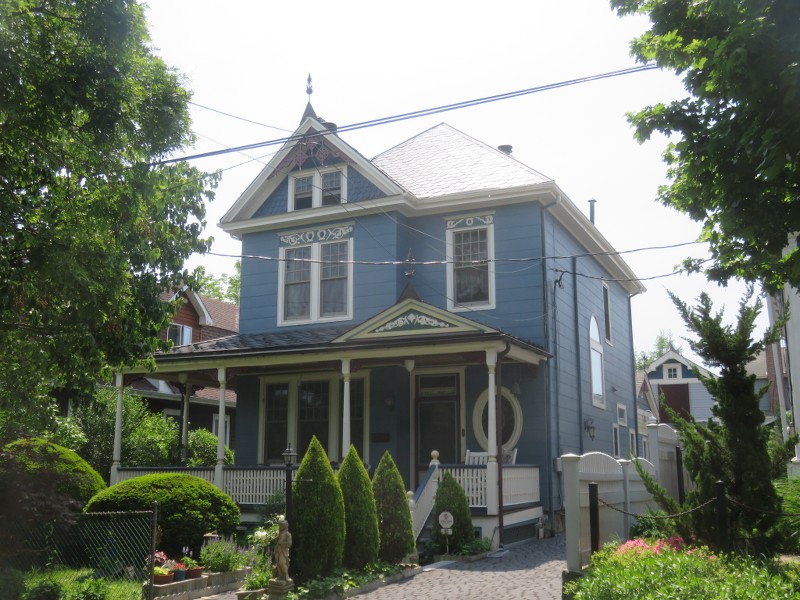
A duplex on Schofield Street, built in 1875.
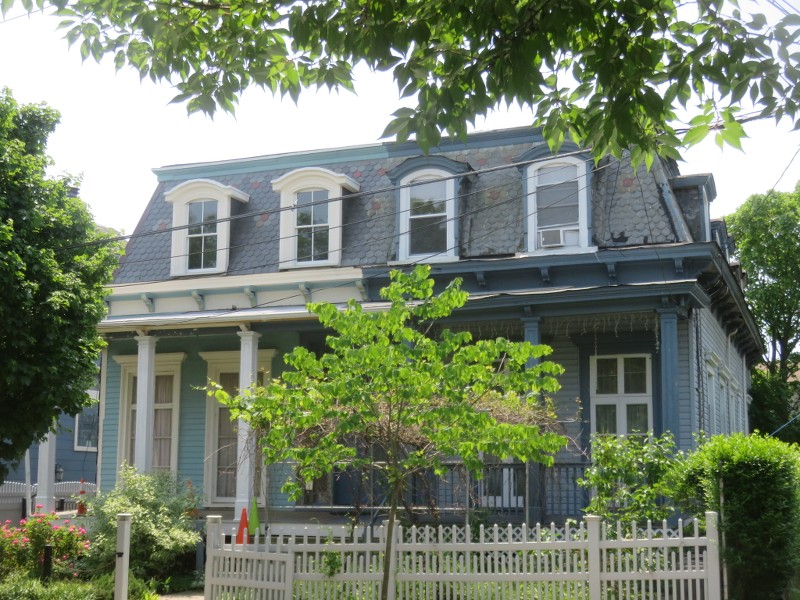
A house on Schofield Street, built in 1865.
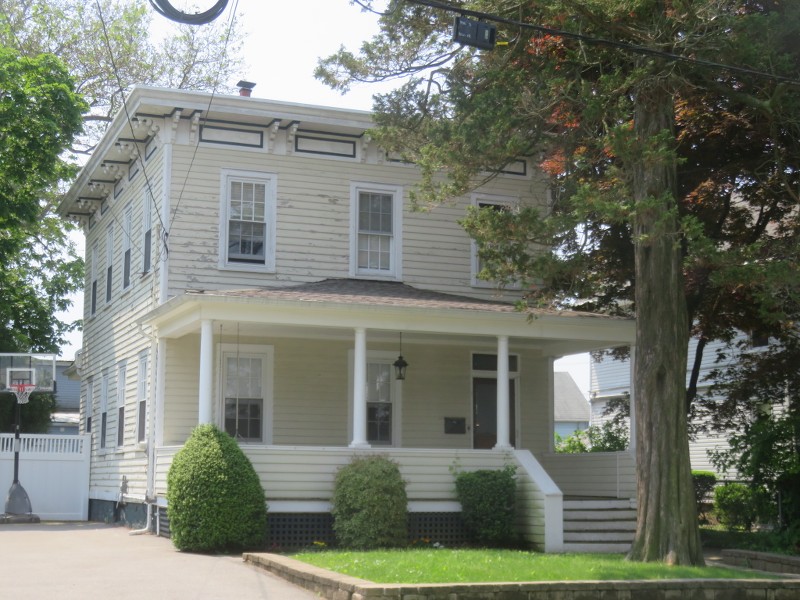
A house on Schofield Street, built in 1865.
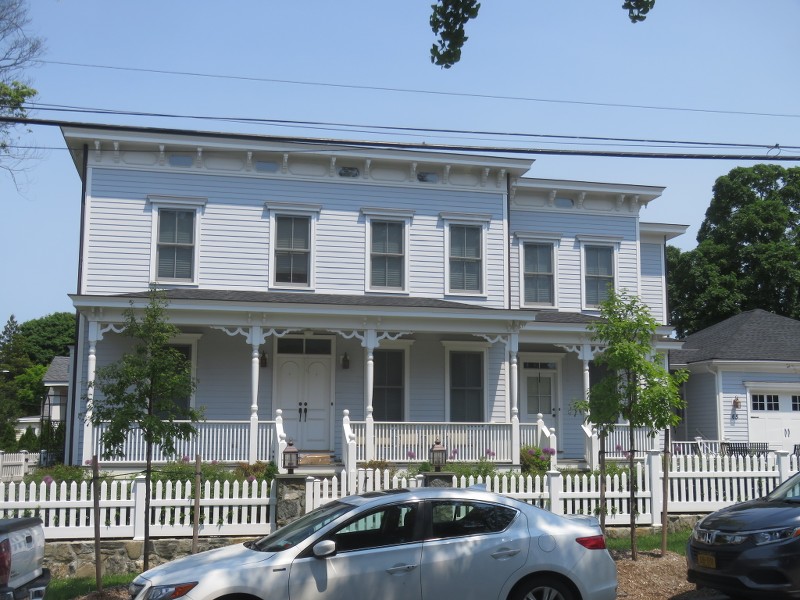
Houses on Schofield Street.
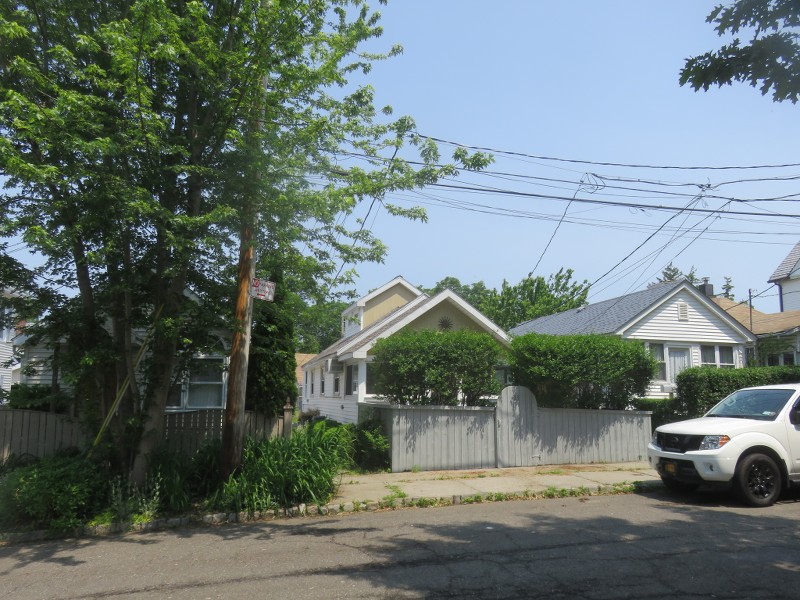
A house on Schofield Street.

A house on Schofield Street.
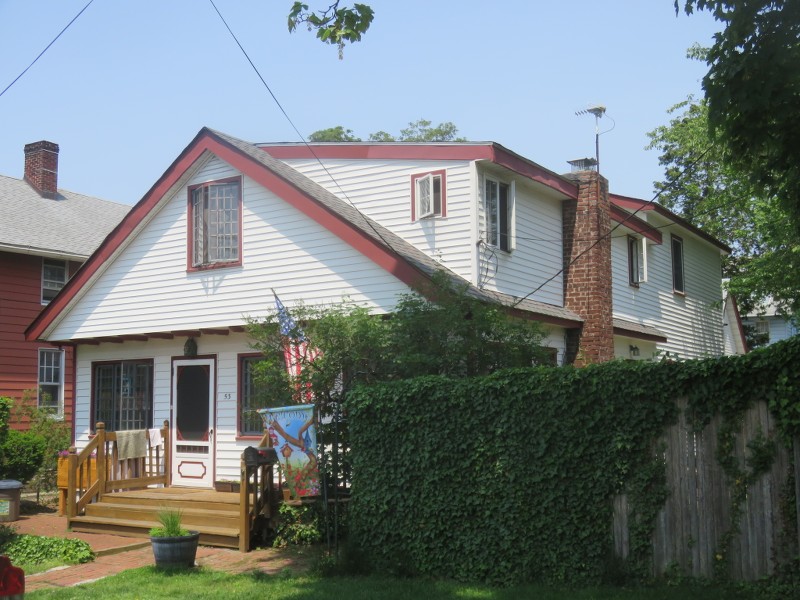
A bar on City Island Avenue.
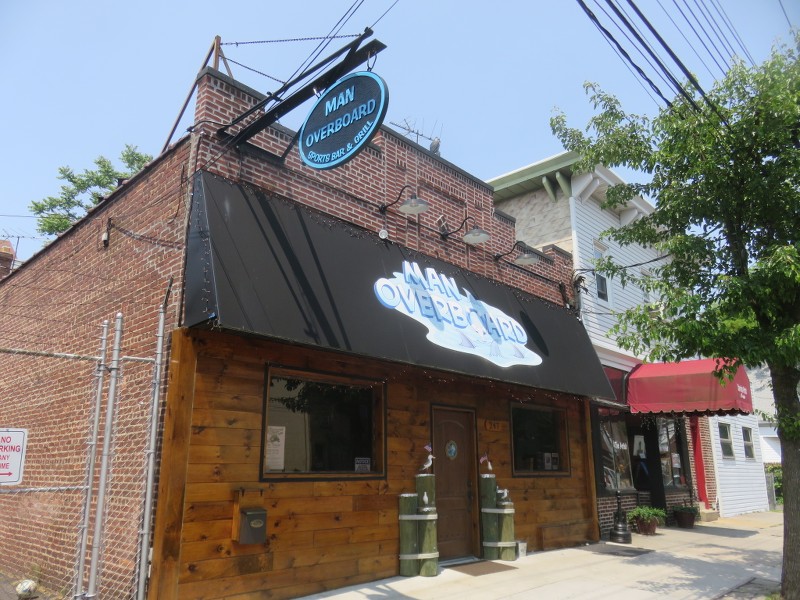
A restaurant on City Island Avenue.
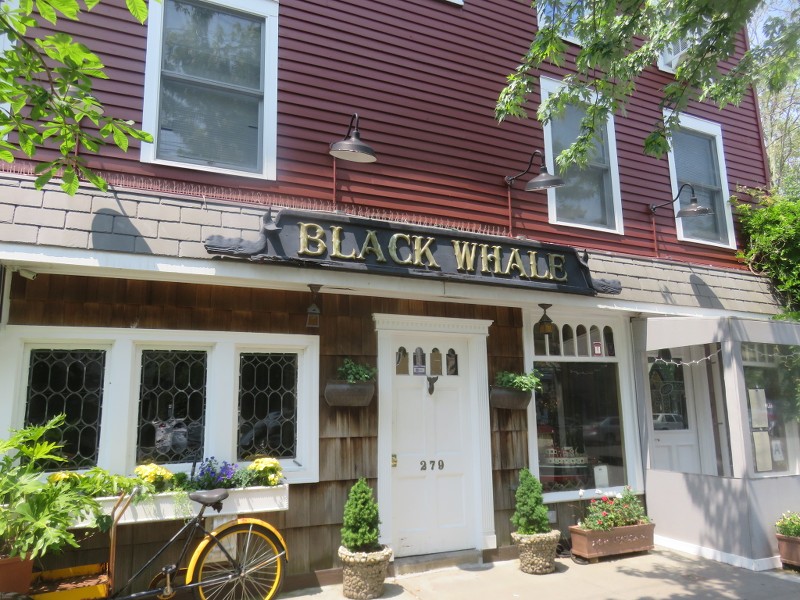
Buildings on City Island Avenue. In the center is an apartment building, constructed in 1898.

Businesses on City Island Avenue.

Restaurants on City Island Avenue.
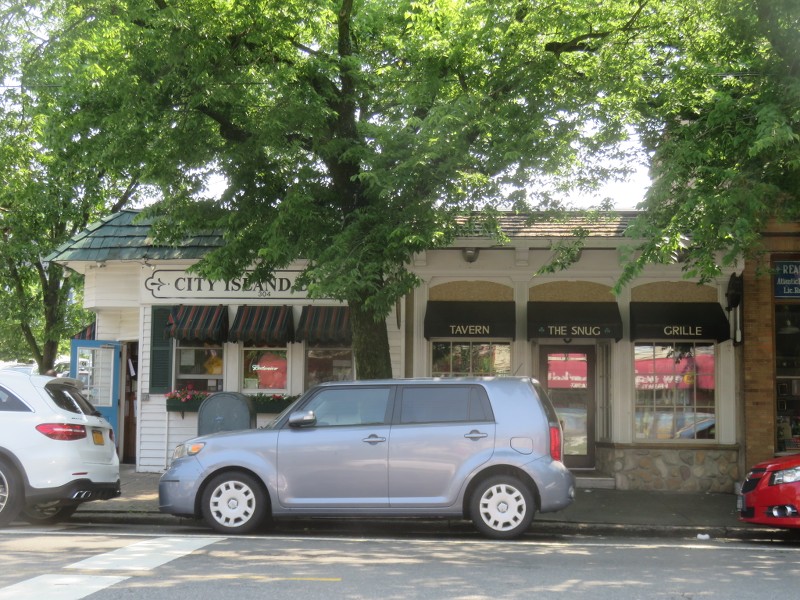
The City Island Branch of the New York Public Library, on City Island Avenue. The library was built in 1970.
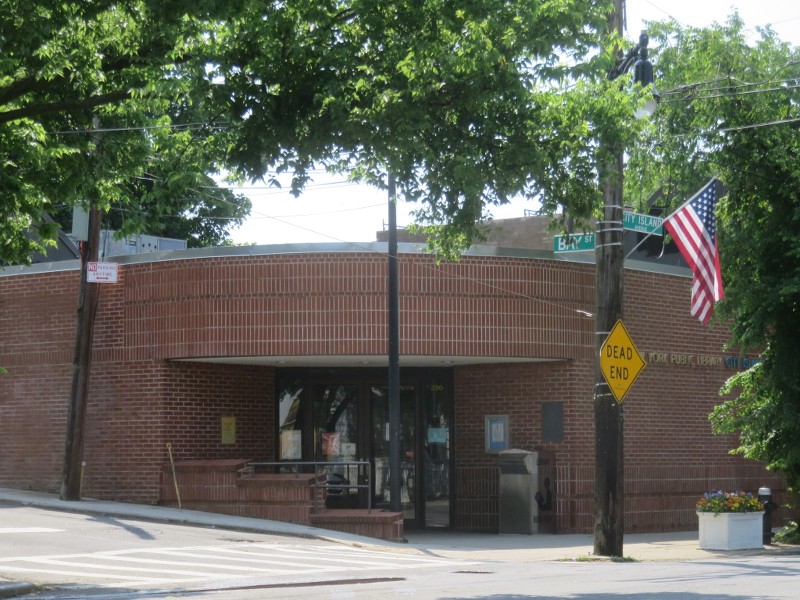
An ice cream shop on City Island Avenue.
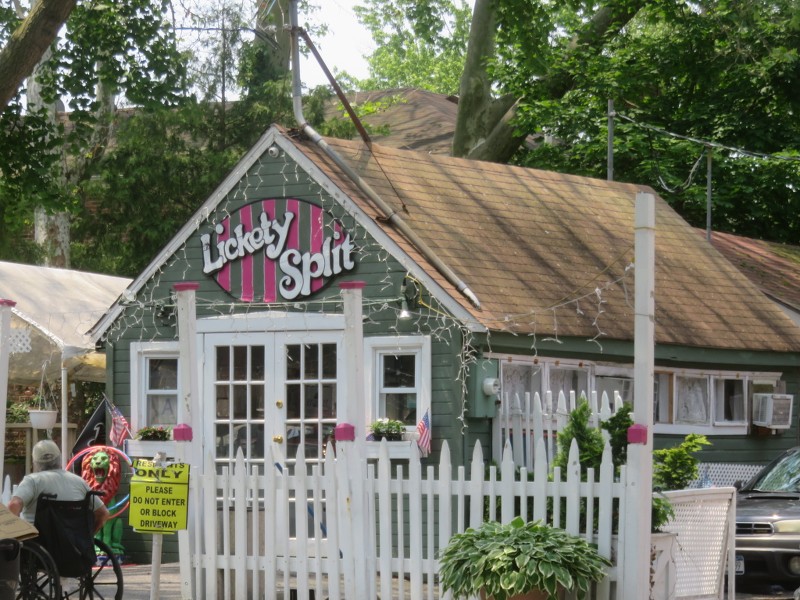
A building on city Island Avenue.
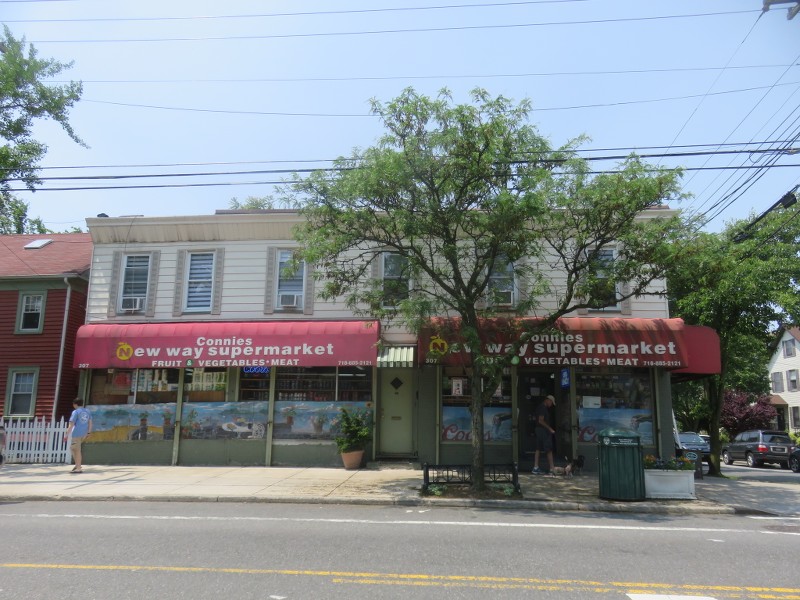
An apartment building on City Island Avenue.
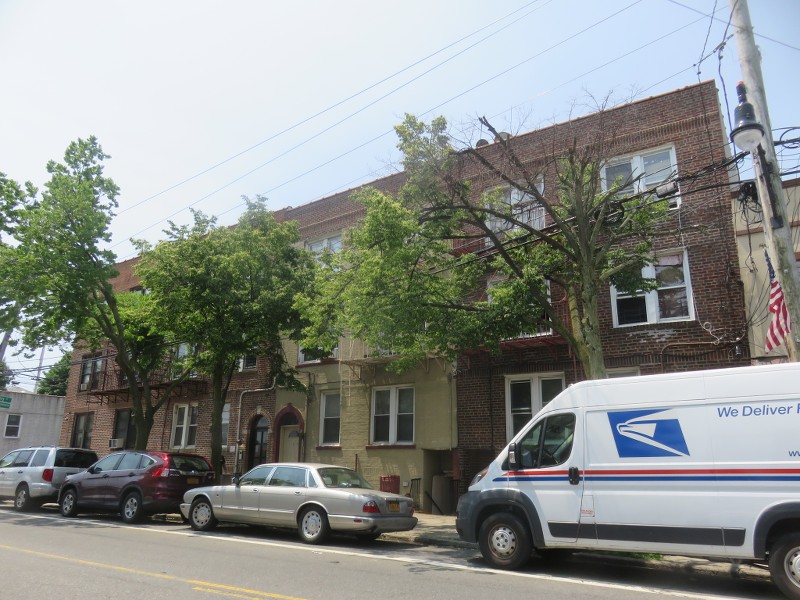
A house on City Island Avenue at Marine Street.
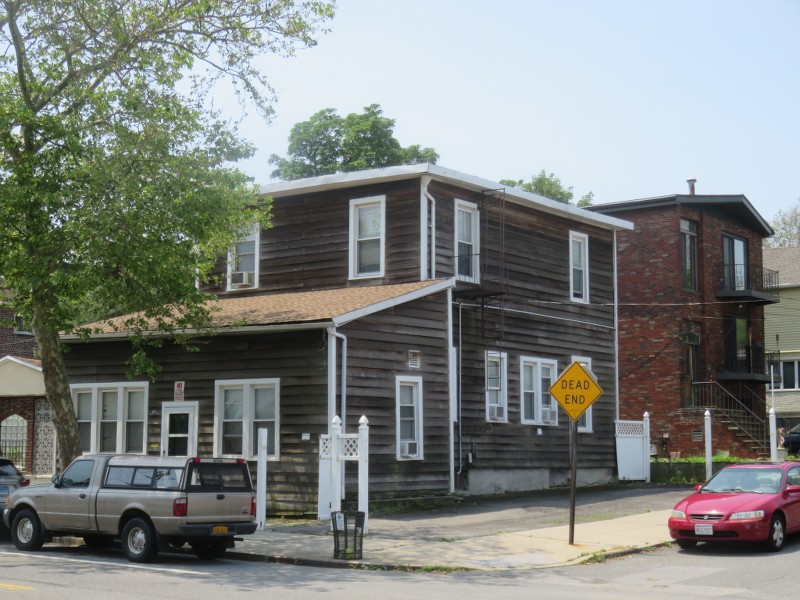
Trinity Methodist Church, on City Island Avenue. The church was built in 1878.
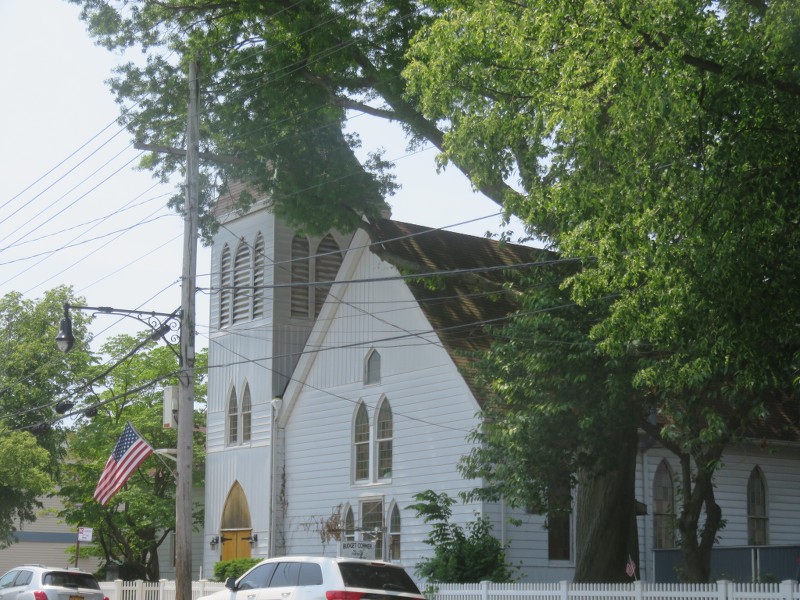
Houses on Carroll Street.
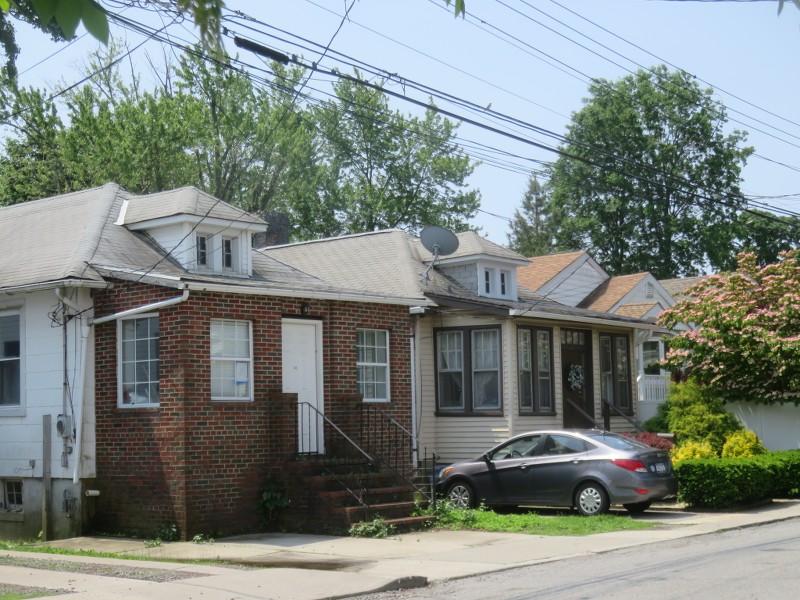
Condominiums on Schofield Street.
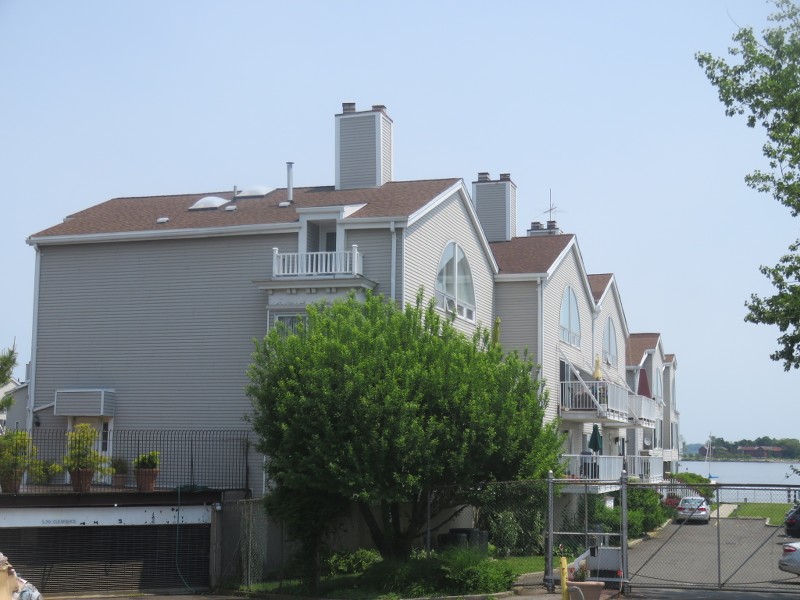
A building on Schofield Street.

The City Island Nautical Museum, on Fordham Street. The structure was built in 1898, and was originally Public School 17.

The Hart Island Ferry Terminal, at the end of Fordham Street.

Just east of City Island is Hart Island. The island was first used publicly during the Civil War, when it was a Colored Troops training ground, and then a P.O.W. camp for Confederate soldiers.
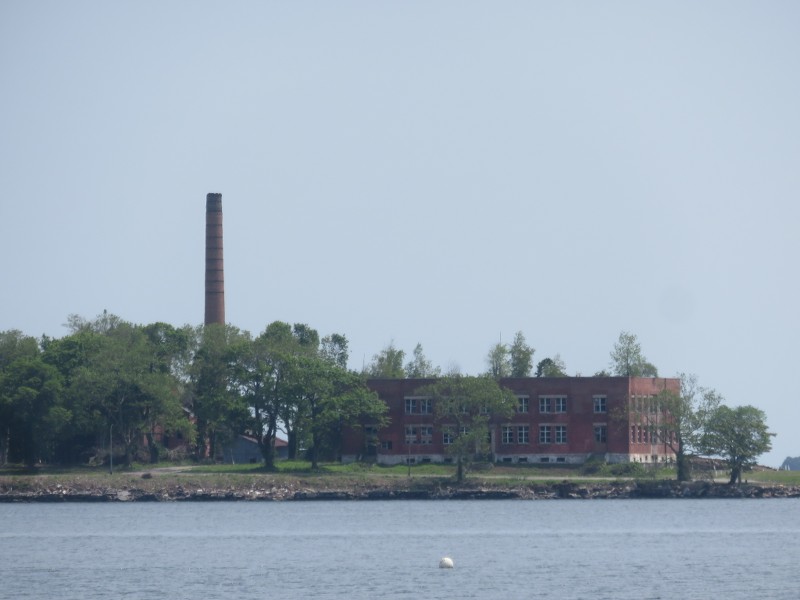
After the Civil War, Hart Island was used as a quarantine station, psychiatric hospital, and tubercularium, among other uses. A workhouse for delinquent boys operated on the island as well.

Hart Island has also been used as a potter's field and cemetery throughout its history. In modern times, burials have included the homeless, stillborn babies, and AIDS victims. Most recently, people who died of Covid-19 and went unclaimed by families have been buried on the island.

Houses on King Avenue.

Houses on Tier Street.
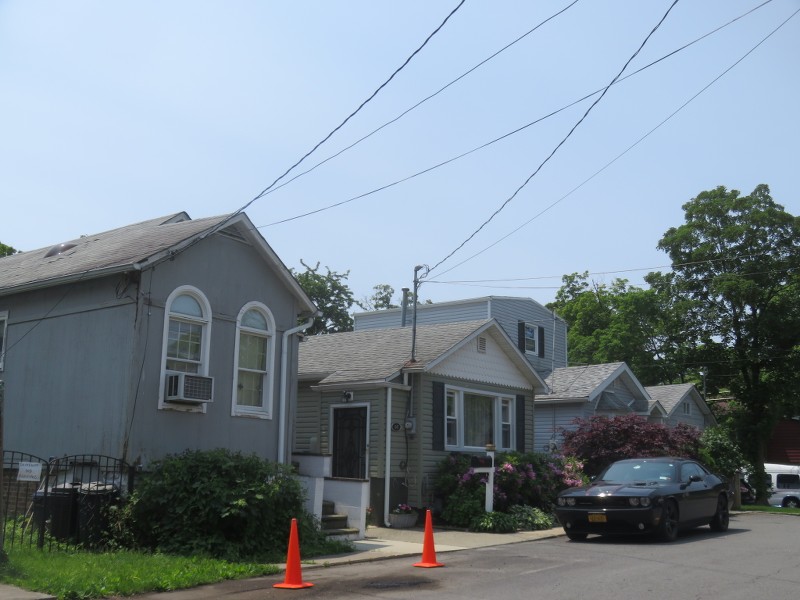
A house on Tier Street, built in 1894.

A house on Tier Street.
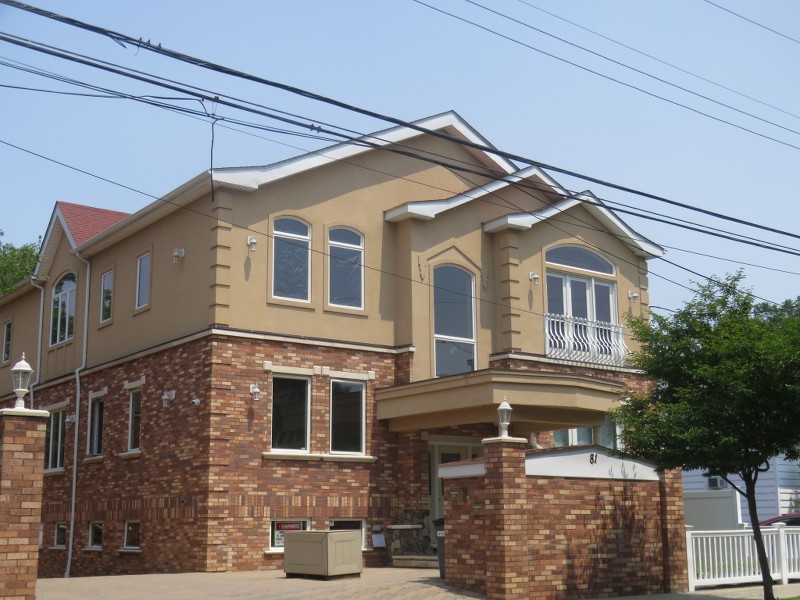
A house on City Island Avenue.

A restaurant on City Island Avenue.

Houses on City Island Avenue.
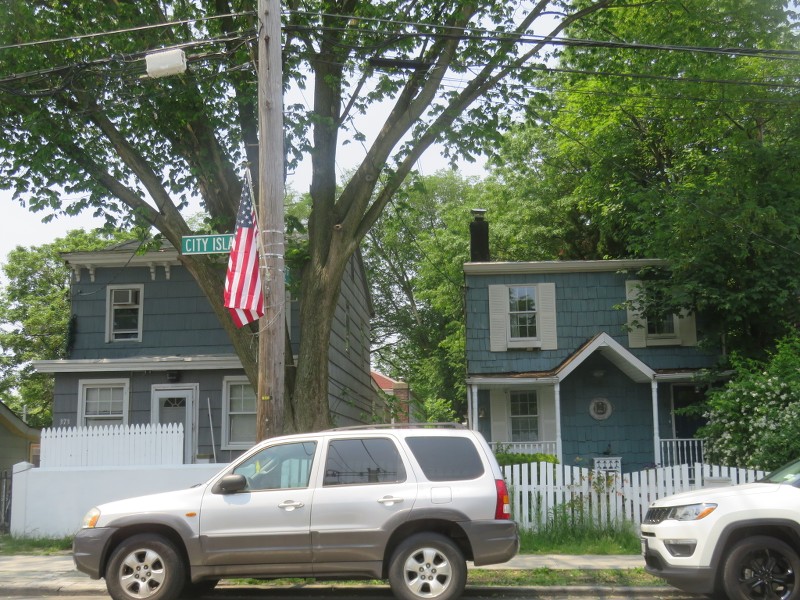
Buildings on City Island Avenue.

A house on Minnieford Avenue.
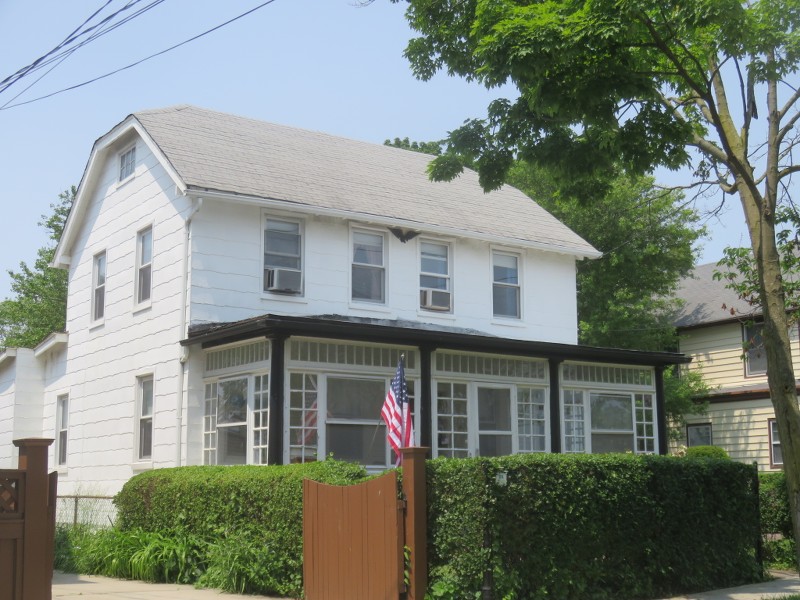
A house on Minnieford Avenue, built in 1876.

The Samuel Pell House, on City Island Avenue. The house was built in 1876.
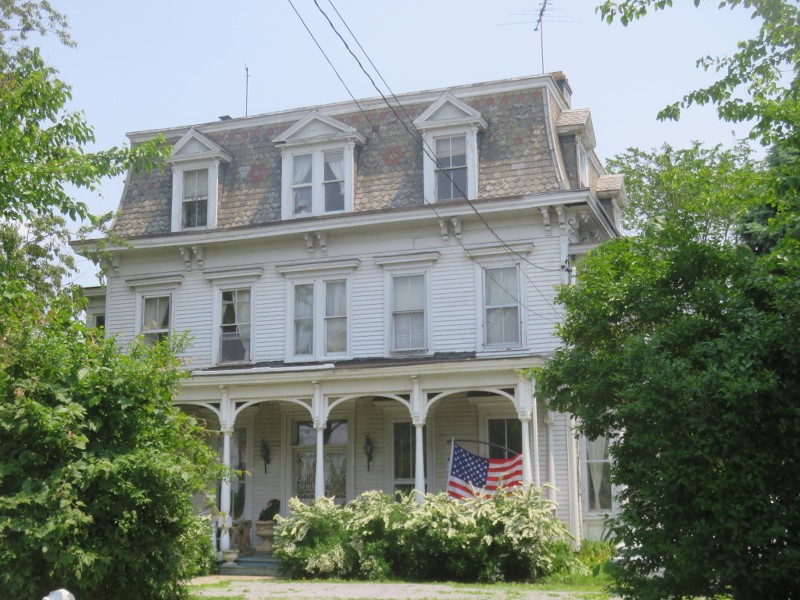
St. Mary Star of the Sea Roman Catholic Church, on City Island Avenue. The church was built in 1959.
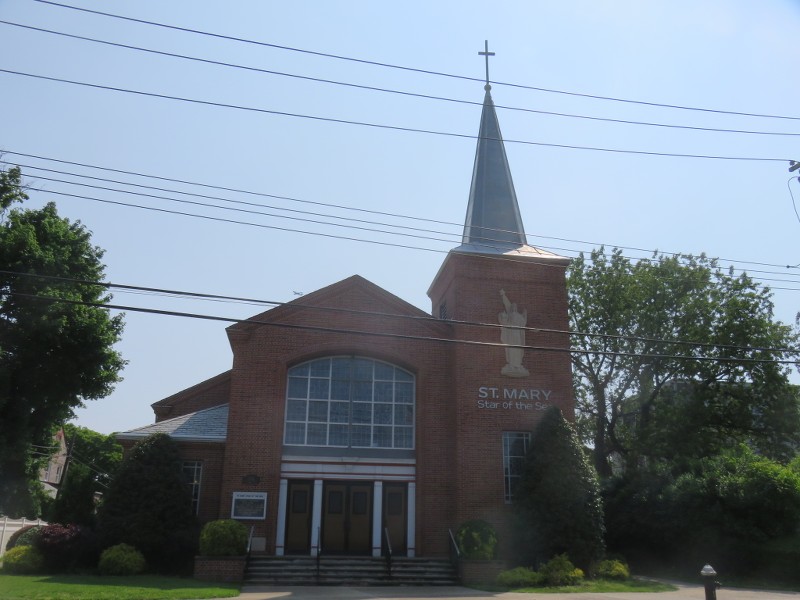
A house on City Island Avenue.
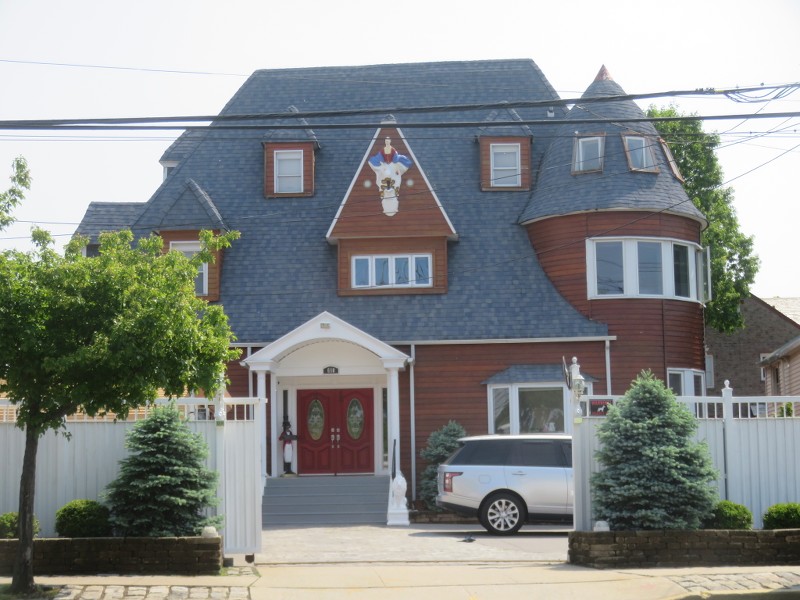
A house on City Island Avenue.
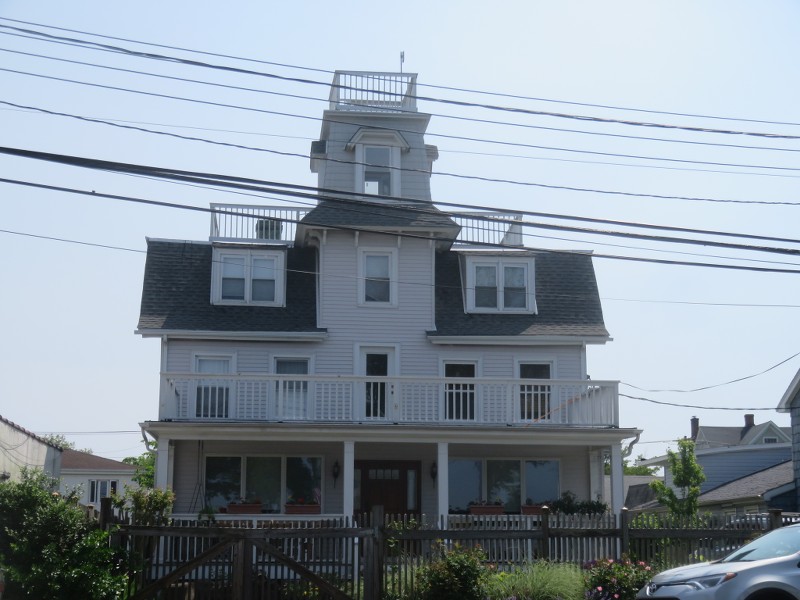
A business on City Island Avenue.

A restaurant on City Island Avenue.
